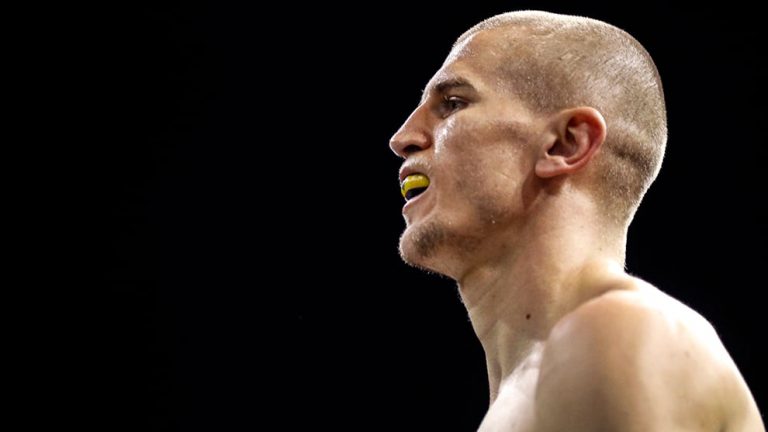The story behind the exclusive sporting Pelican Club
THE most important venue in London during the chaotic era of the 1880s, when boxing was very much a ‘wild west affair’, was The Pelican Club. This was the first of the influential sporting clubs, and one had to be well-connected to obtain membership. The club committee included the Marquis of Queensberry, and the chairman was none other than Lord Lonsdale. Membership was drawn from the fast set of upper-class society, men whose main interests were racing, gambling and drinking. The Club, initially known as The Star Club, was located in Denman Street, right next to Piccadilly Circus and it opened its doors on 24 October 1887.
Two weeks later, the Club hosted the most famous boxer in the world, John L Sullivan, the world heavyweight champion, who was then undertaking an extensive tour of Britain and Ireland. There to greet him were the great and the good of London’s pugilistic elite. The following year Sullivan came back and took part in an exhibition bout in front of the Prince of Wales, the future King Edward VII. The club was helping boxing to become more respectable, setting the foundations for a healthier future.
In the four years that The Pelican Club was active it staged most of London’s leading contests. In the very early hours of Tuesday morning, April 1, 1890, Fred Johnson of Hackney met Bill Baxter of Shoreditch in a 20-round contest. This was the second of three championship contests between the two men, all at different weights, four pounds apart.
In their first Championship match, a fight to the finish at 8st 6lbs and for the English Championship in December 1888, Baxter had succeeded in stopping his man after 42 rounds of boxing. In the sixth round of their contest at The Pelican, this time for the English 8st 8lbs Championship and a combined purse of £200, Johnson accidentally hit Baxter low and was promptly disqualified. The two agreed to meet again, the following week, this time for the 8st 10lbs Championship and for another £200 purse and, after 20 rounds of excellent boxing, Johnson won on points.
On June 27, 1888 Felix Scott and Jack Davenport met in a 10-rounder at The Pelican, the first important top-of-the-bill contest fought between two black men in British boxing history. The two men were great rivals. Scott was a Bajan and Davenport a Jamaican, and I suspect that they both travelled to Britain by working their passage on a cargo ship, hoping to improve their lot in the richest country in the world. The contest was skilful and hard-fought and greatly appreciated by the members, with Scott, a stone the lighter man, winning on points at the conclusion of the 10 rounds.
Two years later, to the day, George Dixon, another black fighter, from Nova Scotia, Canada, stepped through the ropes of the club ring to box against Nunc Wallace in a match that was billed for the world bantamweight championship. This was probably the most important contest ever staged at the club. Contracts were signed for a 30-round bout, with £400 for the winner and £100 for the loser. Wallace was considered unbeatable at the weight, but Dixon, only 19 years old, completely outfought his man, stopping him in the 18th round. The Sportsman noted that Dixon was “probably the best youngster in the world at his weight”. Eighty years later, Nat Fleischer, the famous editor of the Ring magazine, still rated him as the greatest bantamweight of all time.
The Pelican Club folded in 1891, largely because the local residents, fed up with noise and the revelry that often lasted well into the small hours of the morning, lodged a series of complaints with the police. Questions were even asked within the House of Commons about the nature of the events that took place within the club. From its ashes arose the National Sporting Club, the institution that properly secured the future of British boxing.




